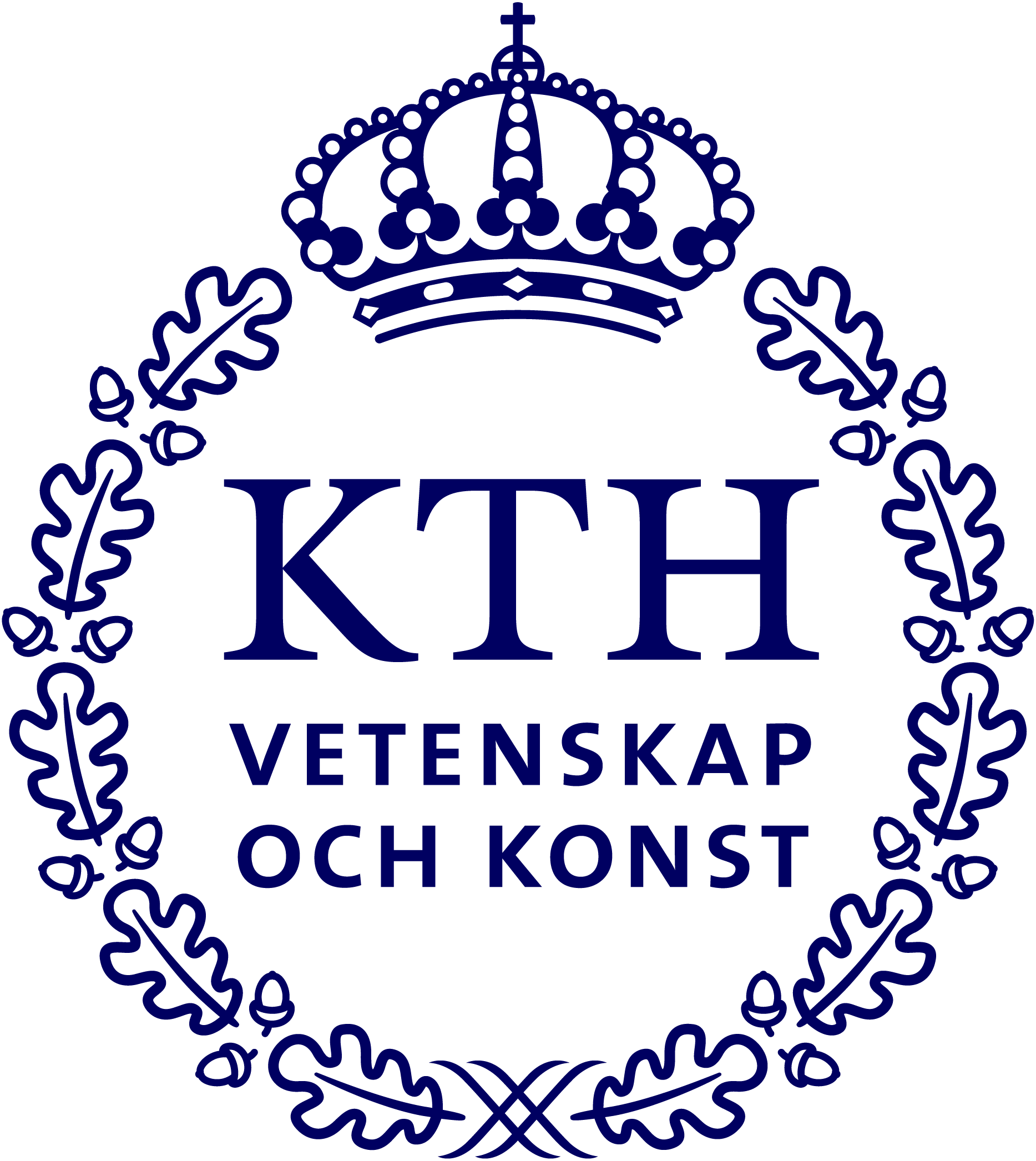
Sensoring Safety Perception in Järva
Objective
This project aims to understand better how people assess safety in a particular area of Stockholm – Järva, more specifically, how people’s safety perceptions relate to the quality of the physical and social environment of the area. We investigate the nature of safety on two fronts: an intra-area focus where we examine micro-level safety perceptions by people living and working in Järva and a city-wide focus where we explore ways to capture how people living elsewhere in Stockholm perceive Järva. The research will combine multiple sensors and data types, including phone apps, map-based surveys, and machine-learning models.
Background
Safety is a core component of people’s quality of life, affecting physical and mental health and restricting mobility and accessibility to public places. As such, safety is also a fundamental quality of the urban environment – what happens in places depends on how safe they are (or are perceived to be). Research has long pointed to the fact that indicators of poor maintenance or signs of physical deterioration are more important determinants of poor safety perceptions than actual instances of crime. The buildings’ façades, design, and the sense of ownership they promote are bound to affect crime and safety. Hence, some questions arise: which settings promote safety and for whom? What do these settings look like from a safety perspective?
Järva constitutes an interesting case study for several reasons: the area is undergoing great growth in the coming years – with more than 15,000 housing units being developed, new transportation links, workplaces and schools. However, a significantly higher share of Järva’s population feels unsafe outdoors at night and is more likely to avoid certain places where they live than the Stockholm average. In a previous study where Stockholm citizens were asked to assess Google Street View images regarding safety, the findings showed that the physical environment in Järva was ranked the lowest across Stockholm. Therefore, this project seeks to produce several diagnostics of the safety conditions in Järva and contribute to a better understanding of the spatiotemporal variations of the population’s safety perceptions.
Crossdisciplinary collaboration
Sensoring Safety Perceptions is a collaboration between research teams at KTH and MIT Senseable City Lab (part of the Stockholm Senseable Lab), as well as Stockholm City, Mapita (Maptionnaire), Kista Science City, and CityCon, and other local stakeholders based in the study area.
Watch the recorded presentation at the Digitalize in Stockholm 2023 event:
Contacts

Vania Ceccato
Professor at the Department of Urban Planning and Environment, ABE School, KTH, Digital Futures Faculty
+46 8 790 86 25vania.ceccato@abe.kth.se


